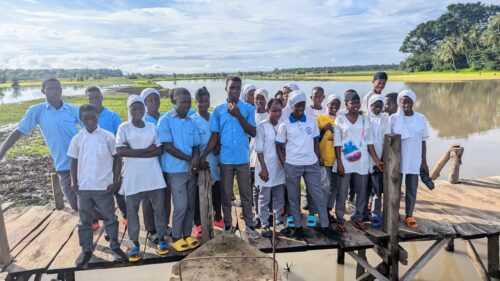Children face deadly river crossing to reach school
In Sierra Leone’s North West Province, nestled in the Lokomasama Chiefdom of Port Loko District, lies the riverine village of Katic Wallah. This village is surrounded by lush vegetation, seasonal streams, and swamps that flow with water during the rainy season. An island community with no paved roads and limited infrastructure, Katic is primarily a farming community, and residents rely on agriculture to support their families and their children’s education.
Katic Wallah is separated by a river from Gbainty Wallah, the administrative centre that hosts Kankaylay Islamic Agricultural Secondary School, the only secondary education institution for the surrounding villages. While pupils from villages like Mapang, Maforay, Barbara, and Petifu Wallah access the school through unpaved roads, the children of Katic – around 80 in total – must cross the Gbainty-Katic River daily, a journey fraught with danger.
The journey involves crossing either a fragile wooden footbridge or using a hand-paddled canoe boat, especially perilous during the rainy season when water levels rise. The bridge was built entirely through community efforts, without engineers or equipment, and has long symbolised both the resilience and vulnerability of this neglected community.
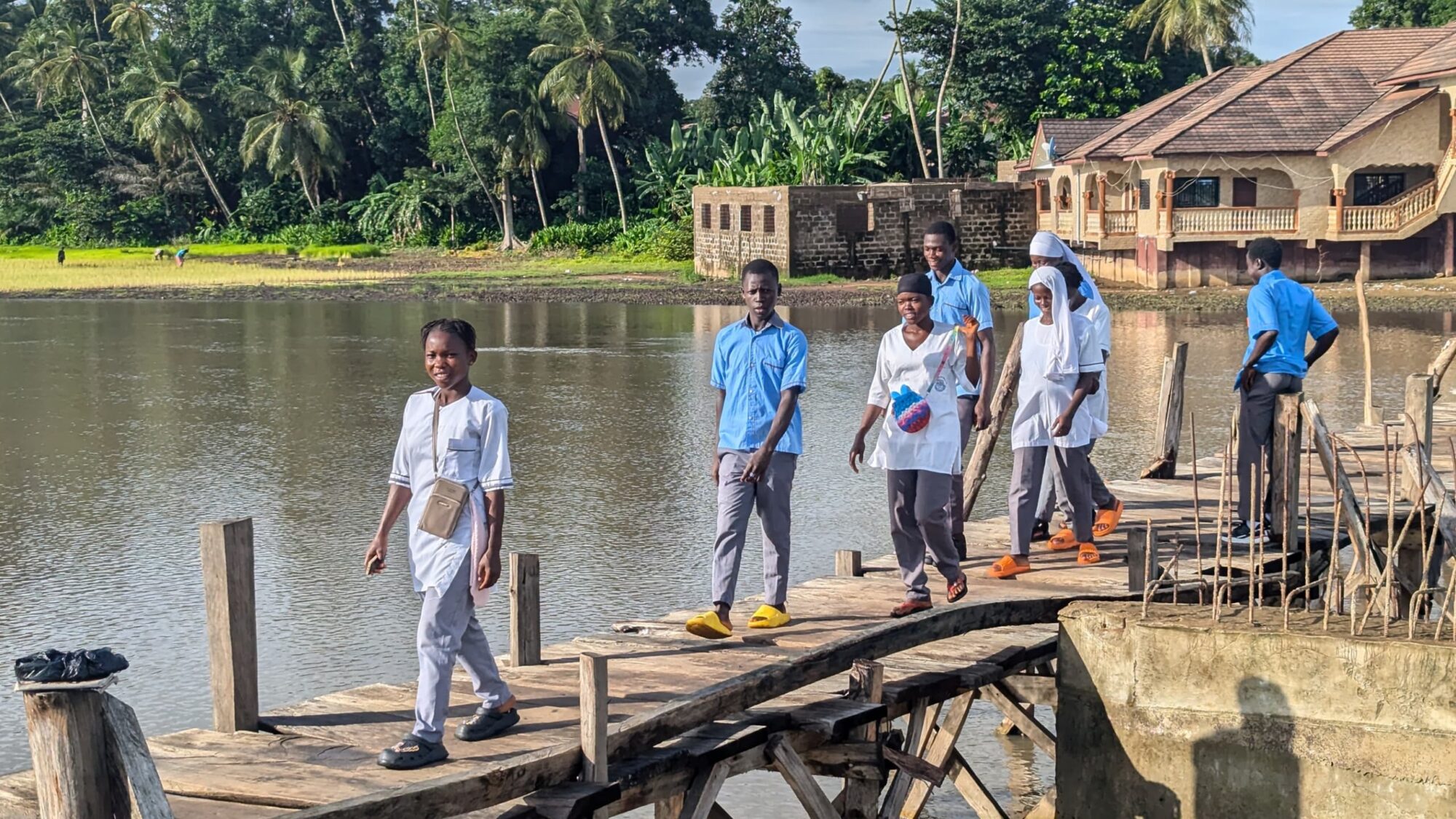
In response to past canoe accidents that resulted in lives and property being lost, the community constructed its first wooden bridge in 2020. Unfortunately, it collapsed within 10 months due to heavy rainfall, termite damage and constant use. Ever since, a cycle of collapse and reconstruction has continued, with canoe boats the only alternative during breakdowns. This unstable infrastructure endangers not just school pupils but the entire community.
Every school day, nearly 80 children from Katic Wallah wake up before dawn and embark on a one-hour journey to Kankaylay School. On 5 November 2024, tragedy struck. With the wooden bridge once again collapsed after intense seasonal rainfall, school pupils had no choice but to use a canoe boat to cross the river. That morning, ten pupils boarded the canoe, and midway across, the boat capsized. Although villagers rushed to save them, three pupils – all female – drowned.
This heartbreaking event had a profound effect on the entire community: parents stopped sending their children to school out of fear, pupils suffered trauma and anxiety, school attendance plummeted and performance declined. Some pupils dropped out entirely, due to recurring fear and parental concern.
“The boat capsized. Although villagers rushed to save them, three pupils – all female – drowned.”
Fuad, a senior pupil, says: “After our colleagues died, most of us stopped going to school for weeks. We were too scared. Our parents told us to stay home. Crossing the water every day is exhausting and frightening.”
“I don’t know how to swim. Every time I step into the canoe, I remember my friends who drowned last year. I fear I could be next,” says Mariatu, a 13-year old student who dreams of becoming a medical doctor.
Chernor Alie, Junior Secondary School Principal at Kankaylay Islamic Agricultural Secondary School, says: “Pupils from Katic Wallah go through a lot just to get to school. After the accident in November, we had to personally visit the village to speak with parents and reassure them. It took over a month to convince some to send their children back.”
He adds: “Because of these hardships, we try to accommodate them with some special considerations – like allowing them to come slightly late when needed, or giving them extra time for assignments and tests. But this is not sustainable in the long run. They deserve safer access to education.”
“Without a modern bridge, we’re putting their futures and lives at risk.”
AB Turay, Senior Secondary School Principal, says: “During the rainy season, pupils often arrive with their uniforms soaked. Still, they come. They’re resilient. Many are brilliant students. But without a modern bridge, we’re putting their futures and lives at risk.”
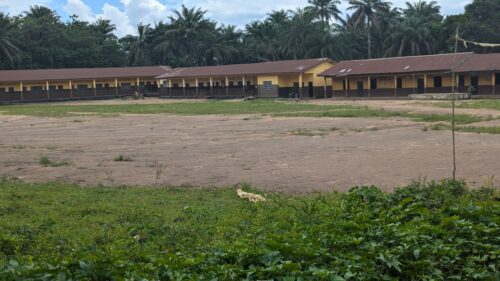
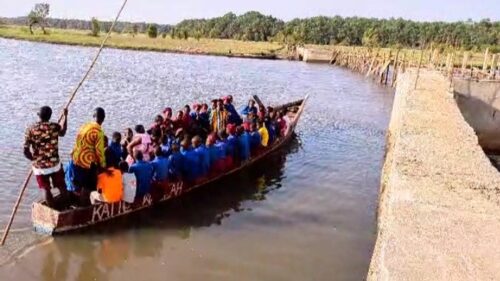
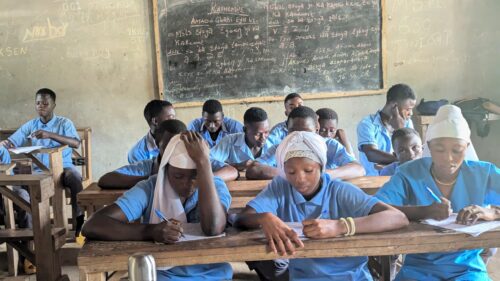
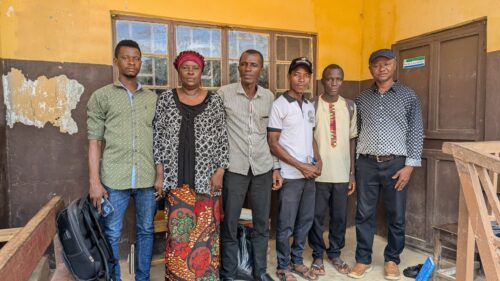
The school allows pupils to take tests later if they are delayed due to their journey and arrive after the start time. “They show dedication and courage despite the odds, and we try to be compassionate in our discipline,” Turay says.
Zainab Sankoh, a teacher with more than 17 years’ teaching experience in the school, says: “Many pupils from Katic have passed through my hands. They are intelligent and hardworking. One of the girls who drowned last year was in my class. Losing her broke my heart. These children deserve better.”
In Katic I spoke to mothers, youth leaders and students and students, they shared their personal experiences about the daily hardship of accessing education.
One mother, Ya Fatmata Sesay, explains: “As a parent, I am always worried when my children leave for school. The bridge is dangerous, and the canoe is risky. But what can we do? Education is the only way out of poverty.”
“This is about safety, justice and the right to learn without risking one’s life”
Buya Kamara, youth leader, says: “We always push for education. Every time the bridge collapses, we rebuild. But after last year’s accident, some children dropped out entirely. We don’t want to lose more lives. This wooden bridge is the best we can do, but it’s not enough.”
“We are not lazy people. We work hard. But our children are risking their lives for education. We need a permanent bridge for our children and our daily business movement,” says Pa Mohamed, a parent and community elder.
The temporary wooden bridge isn’t used solely by schoolchildren. Over 100 community residents use it daily to earn a living – farmers heading to markets, mothers selling produce, and workers commuting. Every crossing is a risk.
Mustapha, a third-year Fourah Bay College student, returned to his village during the holidays. He says: “Seeing my younger siblings go through what I did years ago hurts. Other towns have safe education access. I wish the same for my community.”
A permanent modern bridge project was started several years ago in the area, but construction was halted due to lack of funding. Since then, no further progress has been made, and the community has been left to manage on its own.
Santigie Kamara, community elder, says: “We hate seeing our children suffer. That’s why we keep building the bridge ourselves. But it never lasts… We’re still pleading for help.”
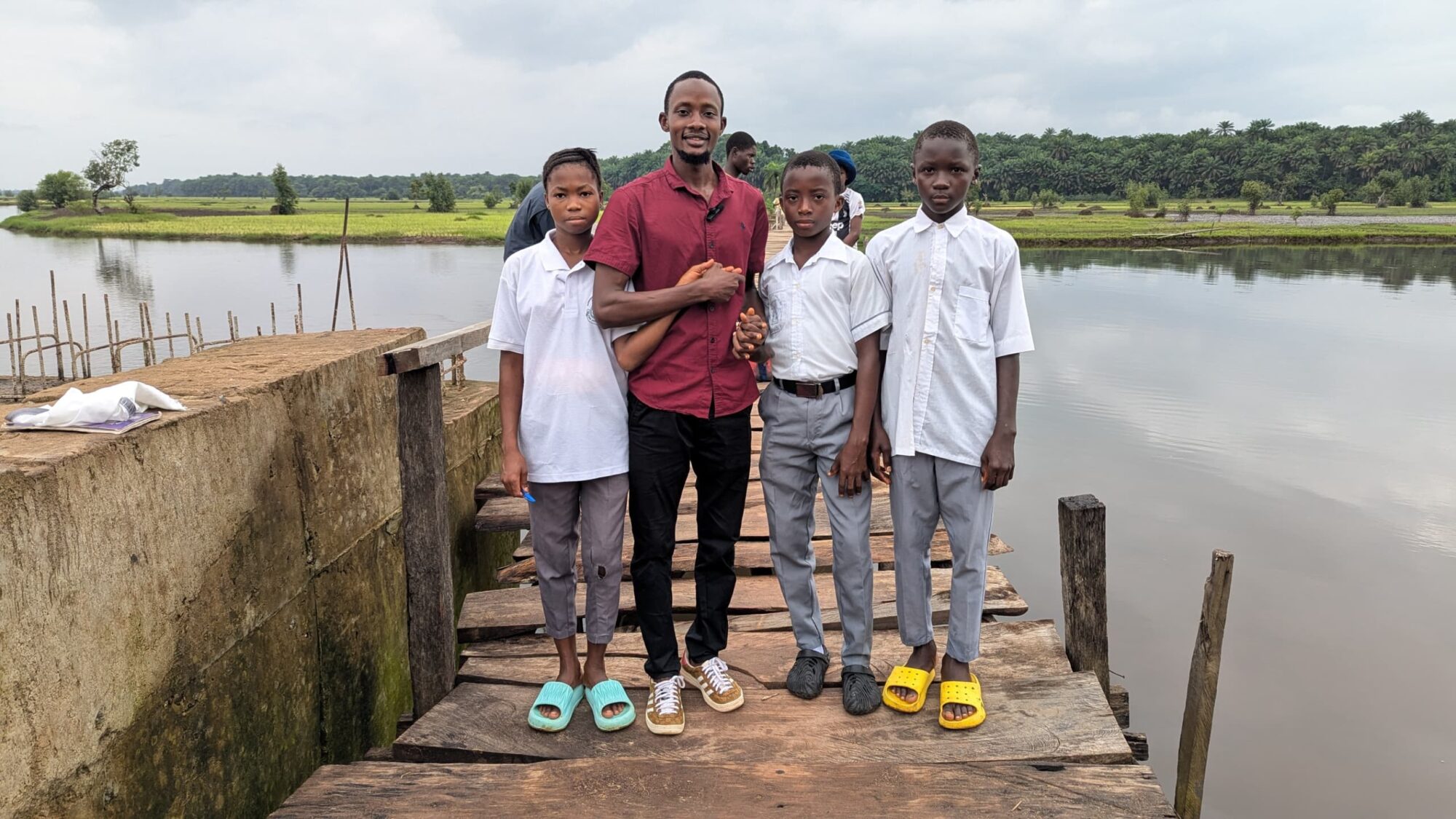
In one of the most striking images from this journey, I stand on the weakened wooden bridge with three schoolchildren from Katic Wallah. Their bright eyes, school uniforms, and laughter mask the danger beneath their feet – but also illuminate the dreams in their hearts. One dreams of becoming a doctor, another a lawyer, and the third an entrepreneur.
Despite the physical risks and daily struggles of getting to school each day, their commitment to learning remains unwavering. Their journey is not just a walk to school; it is a bold step towards a brighter future, and a powerful reminder of the urgent need for safe, accessible and inclusive education for all children, for all children, regardless of where they live.
